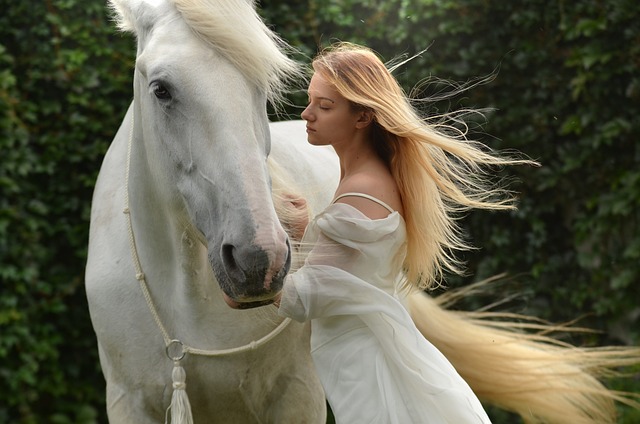Spis Treści
How Big is a Horse’s Heart?
When it comes to the animal kingdom, horses are known for their majestic appearance and incredible strength. These magnificent creatures have captivated humans for centuries, and their anatomy is a subject of great interest. One particular aspect that often piques curiosity is the size of a horse’s heart. In this article, we will delve into the fascinating world of equine anatomy and explore just how big a horse’s heart truly is.
The Importance of the Horse’s Heart
The heart is a vital organ in any living being, including horses. It plays a crucial role in pumping oxygenated blood throughout the body, ensuring the delivery of nutrients and removal of waste products. Without a healthy heart, a horse’s overall well-being and performance can be severely compromised.
Anatomy of a Horse’s Heart
Before we discuss the size of a horse’s heart, let’s take a closer look at its anatomy. A horse’s heart is located within the thoracic cavity, nestled between the lungs. It is protected by the ribcage and supported by various muscles and connective tissues.
The equine heart consists of four chambers: two atria and two ventricles. The atria are responsible for receiving blood from different parts of the body, while the ventricles pump the blood out to the rest of the body. This four-chambered structure is similar to that of humans and many other mammals.
Size of a Horse’s Heart
Now, let’s address the main question at hand: how big is a horse’s heart? The size of a horse’s heart can vary depending on several factors, including the horse’s breed, age, and overall size. Generally, the average weight of a horse’s heart is estimated to be around 1% of its body weight.
For instance, a typical adult horse weighing approximately 1,000 pounds (450 kilograms) would have a heart weighing around 10 pounds (4.5 kilograms). However, it is important to note that these figures are approximate and can vary from horse to horse.
Comparison to Human Hearts
When comparing the size of a horse’s heart to that of a human, there are some notable differences. On average, a horse’s heart is about ten times larger than that of a human. This is primarily due to the horse’s larger body size and the increased demands placed on its cardiovascular system.
While a human heart weighs around 0.5 pounds (0.23 kilograms), a horse’s heart can weigh up to 10 pounds (4.5 kilograms), as mentioned earlier. This significant size difference allows horses to pump a larger volume of blood with each heartbeat, meeting the demands of their active lifestyle.
Factors Affecting Heart Size
As previously mentioned, several factors can influence the size of a horse’s heart. Let’s explore these factors in more detail:
- Breed: Different horse breeds have varying body sizes, which can directly impact the size of their hearts. Larger horse breeds, such as draft horses, tend to have larger hearts compared to smaller breeds like ponies.
- Age: The age of a horse can also affect the size of its heart. Younger horses may have smaller hearts that grow in size as they mature.
- Exercise and Fitness: Regular exercise and physical fitness can contribute to a healthier and more efficient cardiovascular system in horses. Horses that are well-conditioned and regularly engaged in physical activity may have more robust hearts.
- Health and Genetics: Just like humans, horses can have genetic predispositions to certain conditions that may affect their heart health. Additionally, underlying health issues can impact the size and function of a horse’s heart.
Conclusion
In conclusion, a horse’s heart is a remarkable organ that plays a vital role in its overall health and performance. While the size of a horse’s heart can vary depending on factors such as breed, age, and fitness level, it is generally estimated to be around 1% of its body weight. With a heart weighing approximately 10 pounds (4.5 kilograms) in an average-sized adult horse, it is significantly larger than a human heart. Understanding the size and importance of a horse’s heart allows us to appreciate the incredible cardiovascular system that enables these magnificent creatures to thrive.


















